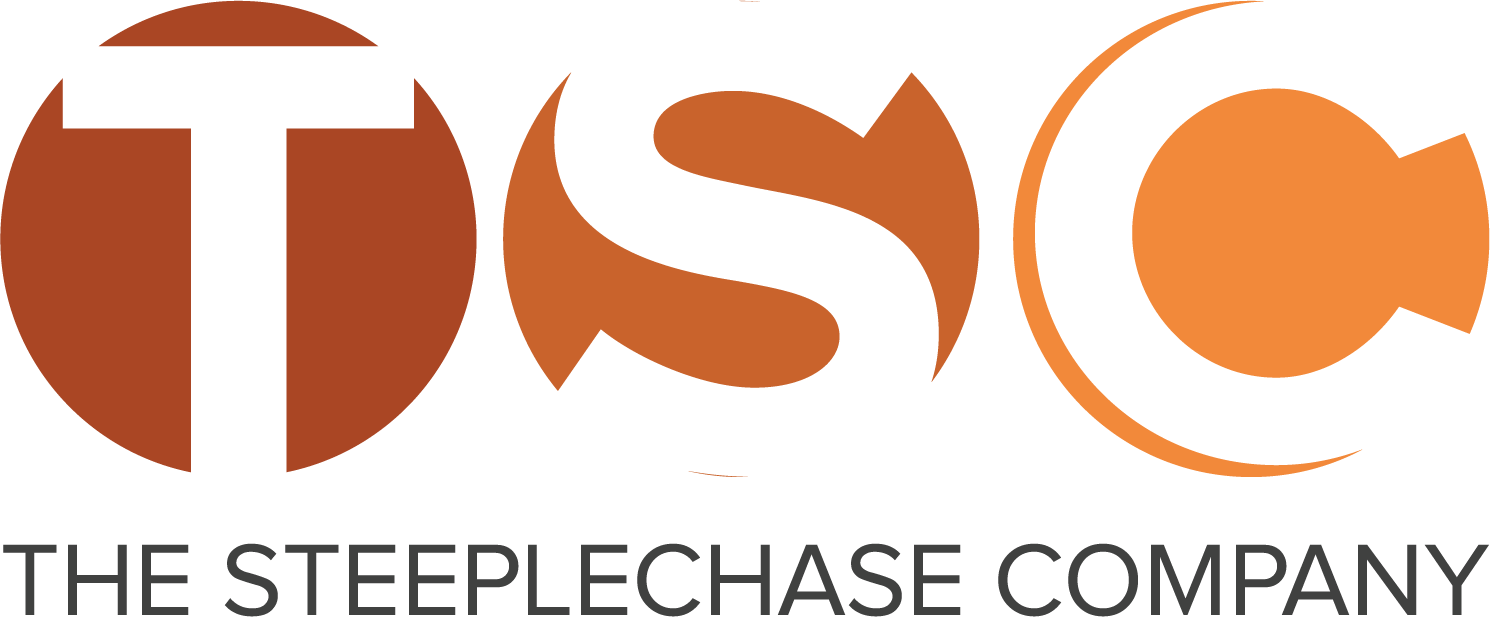Have you ever needed to get patients to focus and take in information (which is usually topics that are foreign to them)? It can be a difficult task with which even the most experienced healthcare providers struggle.
How do you find that sweet spot in patient education where you’re not boring or overwhelming your patients? We’ve been in the healthcare industry for over two decades, and we’ve seen what providers and patients respond to.
If you’re looking to revamp your approach to patient education and deliver more for them, read on!
Good Ideas on the Basics of Patient Education
Before getting into the new and shiny methods to implement, it’s worth noting the staple keys behind great patient education:
Speak simply
We’re not saying your patients aren’t intelligent, but there’s a difference between being smart and being well-versed in medical jargon. When talking with patients, speak in a way that a person without a medical background will be able to understand.
Keep it short
When you have your patients in the room with you, go over no more than 3 critical points they should leave knowing. Everything else can be sent home or communicated later.
If you tell them every single aspect of their treatment, diagnosis, etc. they’re more likely to forget things.
Include family members
If your patient agrees to it, let them have a trusted friend or family member hear the information as well. Chances are this person will help keep them accountable.
Embracing Modern Approaches
Sure there are other aspects of patient education you should always keep in mind, but we want to focus our time today on the newer approaches.
1. Videos
It might depend on your practice and the specific treatment or procedure. But creating useful and easily accessible videos on your site, a YouTube channel, or even included in a follow-up email to your patients is an excellent (and low-cost!) opportunity to teach.
Be sure that if you take this approach, you make the video short and high-quality.
2. Apps
Patients are much more likely to use an app rather than read through a pamphlet with small print.
Look around online and see if there is an app relevant to your field and recommend it to patients. If you don’t find one, maybe you could spearhead a project to create one.
3. Facebook Live
If you’ve followed our blog, you know how useful social media is.
On Facebook you can live stream a talk from your practice’s page and either talk about a specific topic or open it up as a Q&A.
If you go this route, be sure to notify patients at least a day in advance that you’ll be doing this — either through social media posts or an email.
See some methods you like? Let’s talk about other ways we can improve your practice’s approach to educating patients. Schedule a call with us today, and we’ll start crafting a customized plan of action.
We Can Help

